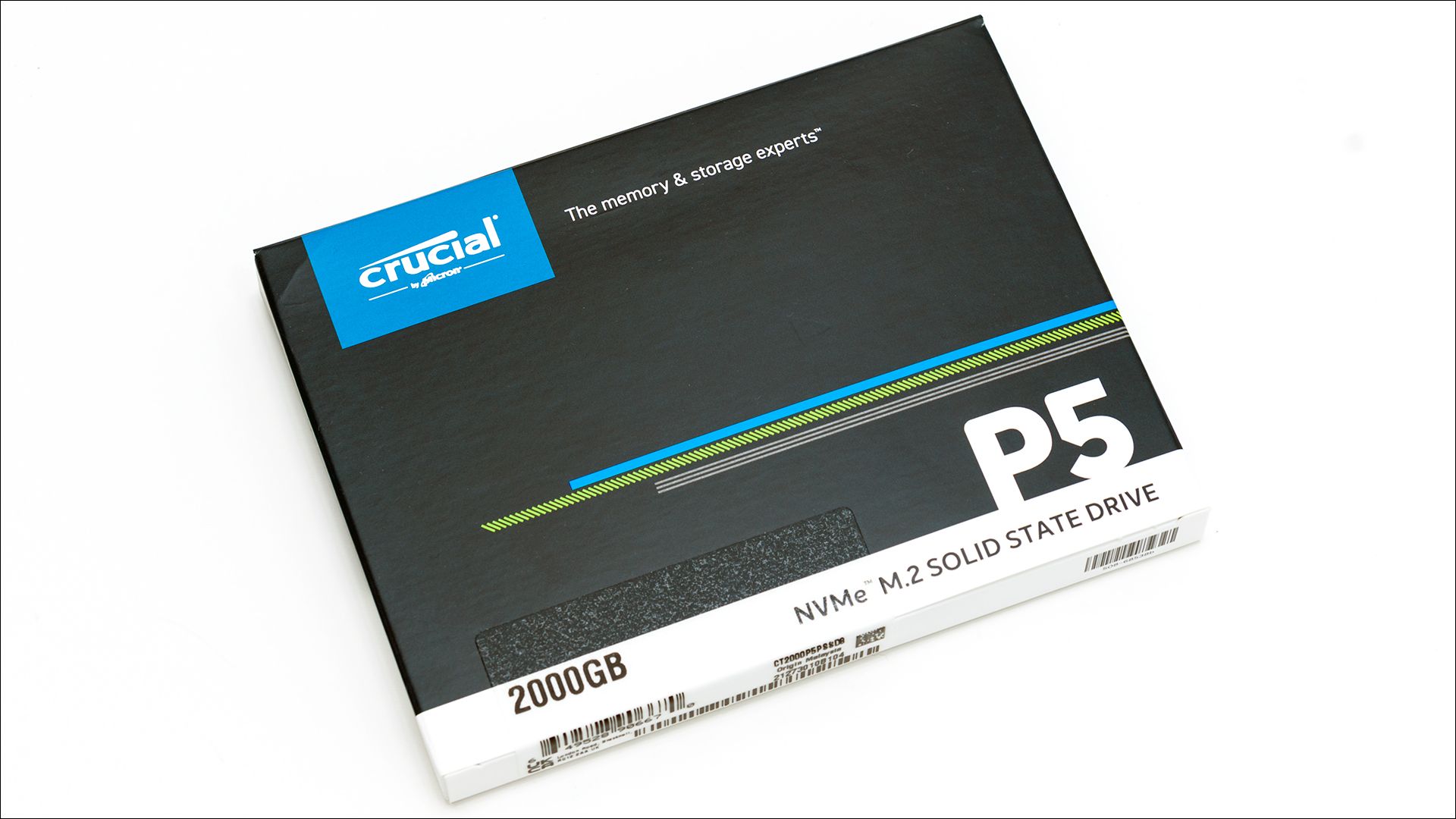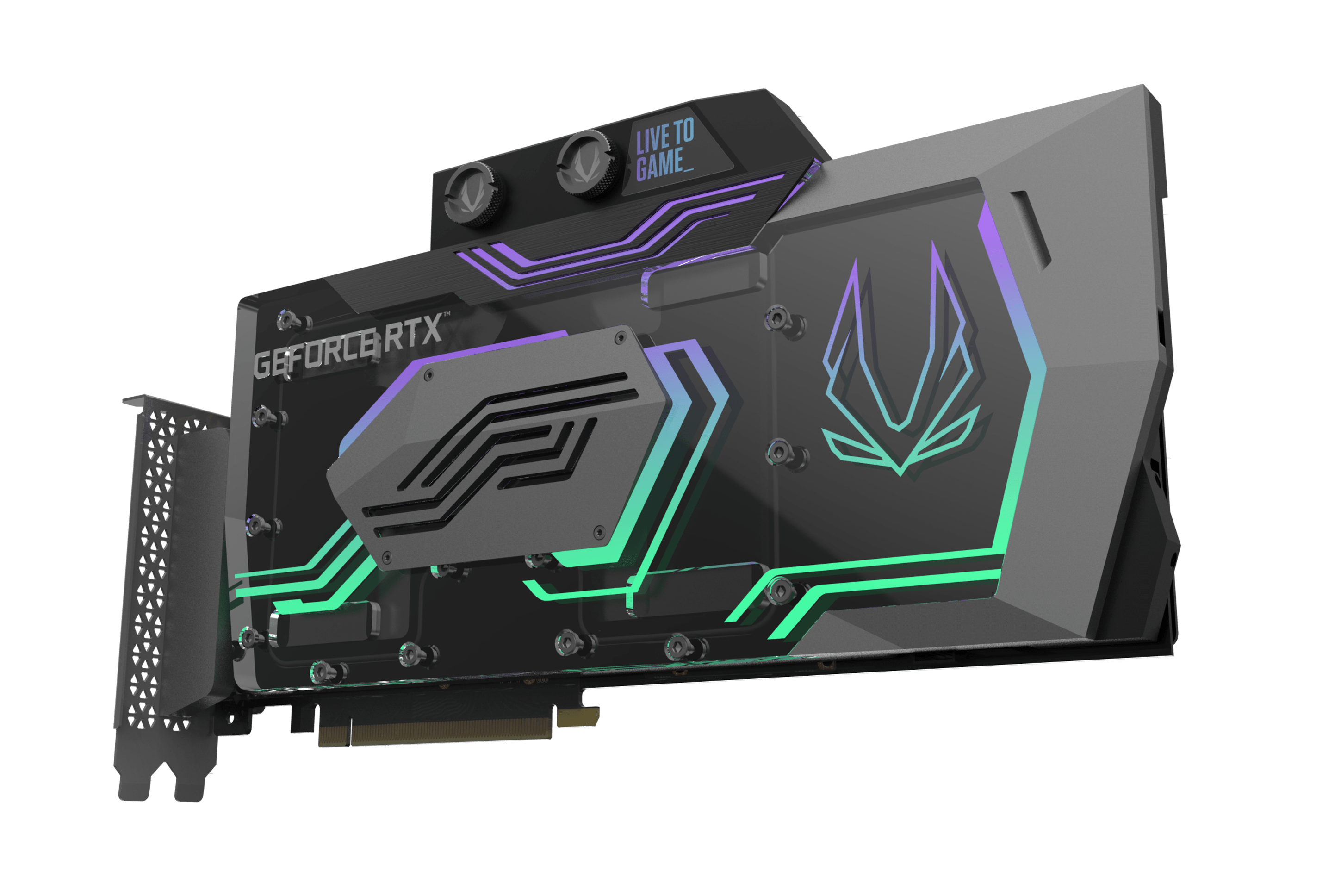It certainly has been a while since we looked at Crucial M.2 NVMe Solid State Drive models, and since the last time we did so a lot has changed. Back when the P1 was Crucial’s premier M.2 series, four lanes of PCIe 3.0 goodness was king; NVMe 1.3 standard was the best available… and Micron was still part of ‘IMFT’ and focusing all their attention in on Floating Gate NAND designs. A lot can change in rather short period of time, and now everything from the NVMe standard to the fact that IMFT is no more is the new reality of the SDD marketplace. No matter what has changed, one thing has not: Micron’s commitment to pushing the boundaries of technology and delivery paradigm shifting models, via Crucial, on to an unsuspecting marketplace. The latest example of this is the all new Crucial P5 Plus series. A series where Micron/Crucial is not only out to show the world why they have been fan favorites for generations but also prove once and for all who was the real force behind IMFT designs.
Yes, we know that is a rather controversial statement to make. After all, this is ‘simply’ a “Plus” model and typically ‘plus’ models fall along the lines of refinements and tweaks to a given blueprint rather than a full-blown upgrade. With the P5 Plus series that is somewhat true. Just as with the P5 before it the P5 Plus series come in capacities ranging from 500 to 2000GB. Both make use of a single sided 22x80mm form-factor. Both are NVMe 1.4 compliant and make use of four lanes of PCIe 4.0 goodness. The P5 Plus asking prices are also in the same ballpark as the P5 – that is to say excellent for their time – with the 2000GB P5 Plus variant having an MSRP of 368 USD, and when the 2000GB P5 was released it had an MSRP of 399 USD (but can be found for $340 now). Even the controller used in the P5 Plus is not a radical departure from its P5 predecessor – as the Micron DM02A1 is essentially an improved DM01B2. In Essence, the only major differences between the two is the NAND used.
On just a quick glance that does not sound like that big a difference. That first impression would be wrong. This one change is massive. It is going to send shockwaves through the industry. Put bluntly, this new “B47R” Micron NAND is in no shape, nor form, a mere refinement over the B27A used in the original P5 series. Sure, it is still 512Gbit density TLC NAND, that uses a CMOS under Array (CUA) design, but that is the only similarity between the two. This new 176-Layer (88+88) NAND is not only smaller (~30 percent smaller footprint compared to 96Layer CuA TLC), and faster (1600MT/s vs 1200MT/s) with better latency (~25 percent), it also more durable. It is more durable as it is Micron’s answer to Toshiba/KIOXIA “BiCS” and Samsung “V-NAND”. Yes finally, IMF….err… Micron is not only making Charge Trap (CT) based NAND they are improving upon existing CT design theory… and have dubbed it ‘Replacement Gate Technology’. No matter the name, this new and exciting tech really does have major ramifications for not only Crucial’s standing in the market but for the entire NVMe SSD industry.









